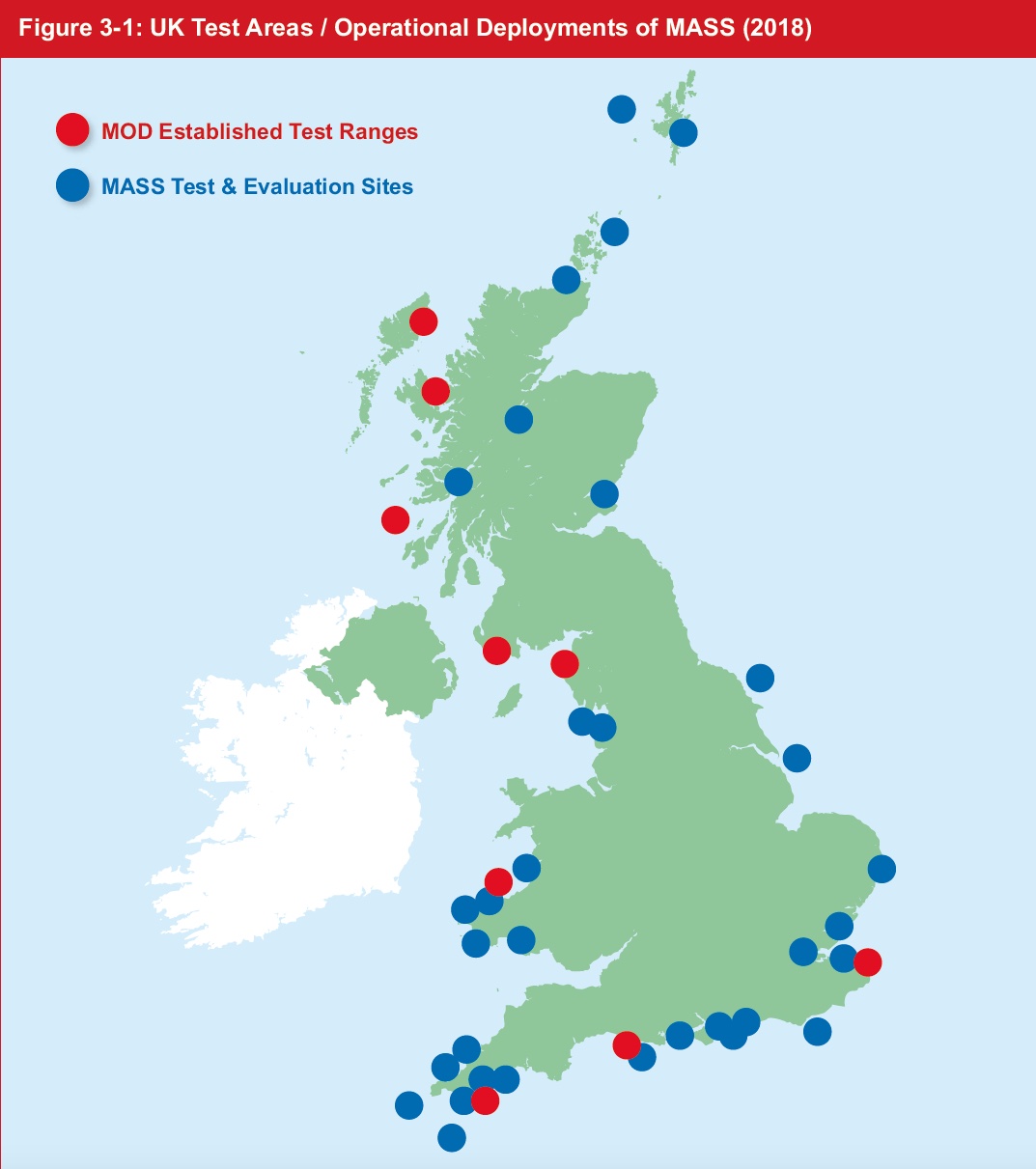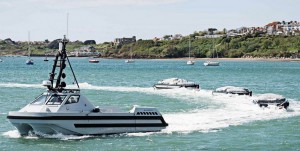Development of uncrewed or so called Maritime Autonomous Surface Ships (MASS) has continued apace since they were first announced a few years ago. The fast pace of change has seen the need for new guidance on their design and manufacture as well as the duties of their owners, operators and service providers as well as clarity on skills and training.
Britain’s Maritime UK Autonomous Systems Regulatory Working Group (MASRWG) has just updated 2016’s Code of Conduct and 2018’s Code of Practice in one 18 chapter 100 page document which updates this fast-moving sector of maritime technology. The Royal Yachting Association is cited as a contributor to the report.
This new Version 3 of the (voluntary) UK Industry Code of Practice demonstrates the UK’s continued leadership on autonomy with new sections on inland waterways, says British Marine.
Many sailors are horrified at the idea of autonomous ships, or ‘drones of the sea’ as one correspondent put it, citing potential problems withkeeping a good lookout (IPRCS Rule 5) as well as the fact that such ships would be, if not useless, then much less useful when it came to helping rescue any sailor(s) in distress. James Wharram, the catamaran designer, describing them as large steel out of control floating reefs said this would mean that yachts will have to be equipped with AIS (Automatic Identification System) or risk being invisible by a MASS.
There have also been concerns about cyber criminals being able to hack the control of crewless ships, potentially causing damage as well as theft.
The code shows (above) where many areas of the UK have seen testing of the new tech, which is already being used by the Royal Navy. Three new USVs (Unmanned Surface Vessels) named RNMBs Hazard, Harrier and Hussar have been deployed since the summer of 2018. Developed with ATLAS ELEKTRONIK UK Ltd the unmanned USVs, operated from a mothership or from the shore, tow three or more Coil Auxiliary Boats (CABs) which emit electronic signals to detonate mines. The system is described as being safer than more traditional methods of dealing with mines.
Interestingly the code suggests that all vessels longer than 7m carry the lights (two all-round red lights in a vertical line where they can best be seen) of a vessel Not Under Command in addition to the normal lights the vessel would show. It falls short, however of recommending that the day shape of two black balls or of emitting the sound signal (morse D) of one long followed by two short when navigating in restricted visibility, are routinely employed.
The code carries good risk assessment criteria and offers advice on such details as whether a first aid kit needs to be carried on board and a chapter covers the duties to render assistance to any persons in distress at sea. The code says: The duty does not require, nor is it limited to, taking persons on board, clarifying this with: Efforts should not be made to embark persons if this cannot be done safely, relative to the peril faced by persons.
The code suggests that a practical solution in such circumstances would be of the MASS to stand on having alerted the authorities to act as a visual reference and communications point.
Please direct any comments or observations, for publication unless otherwise-stated, to editor@classicsailor.com
The code in full can be found: HERE





